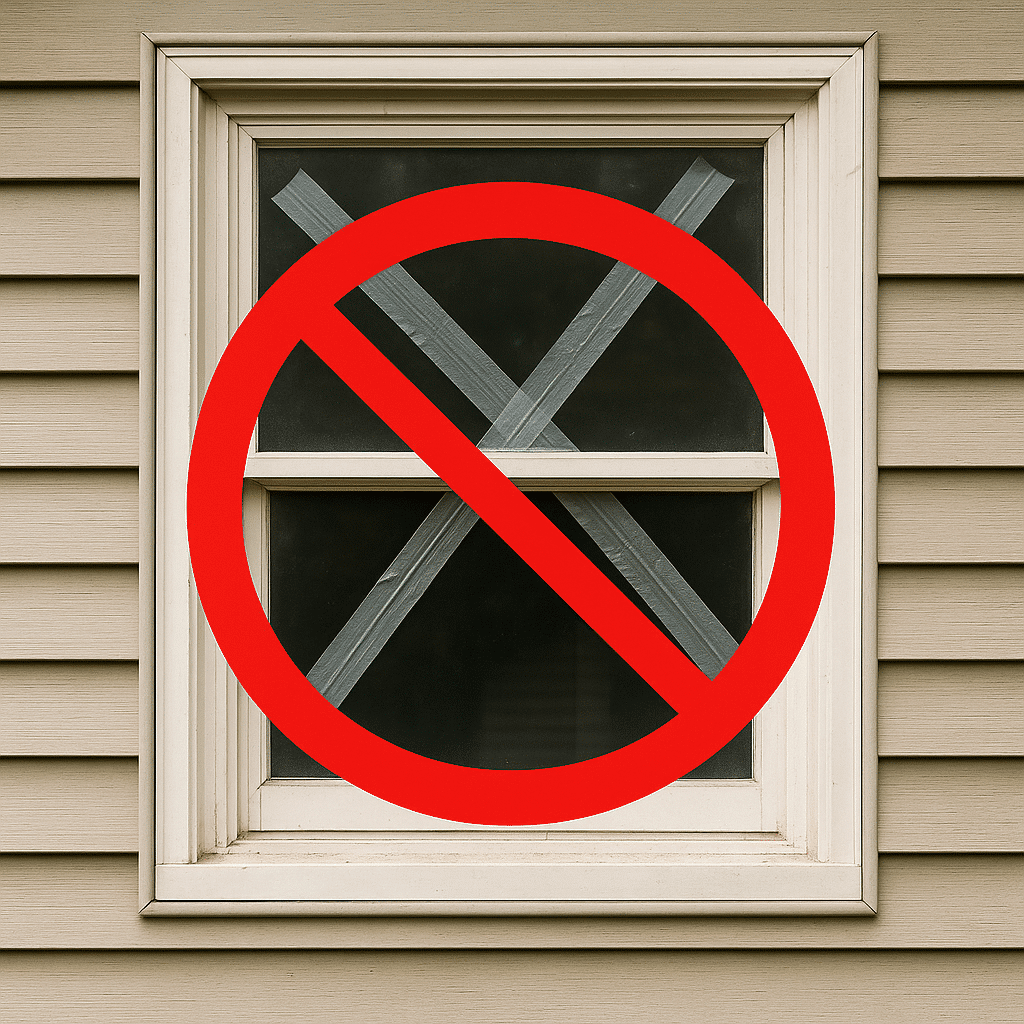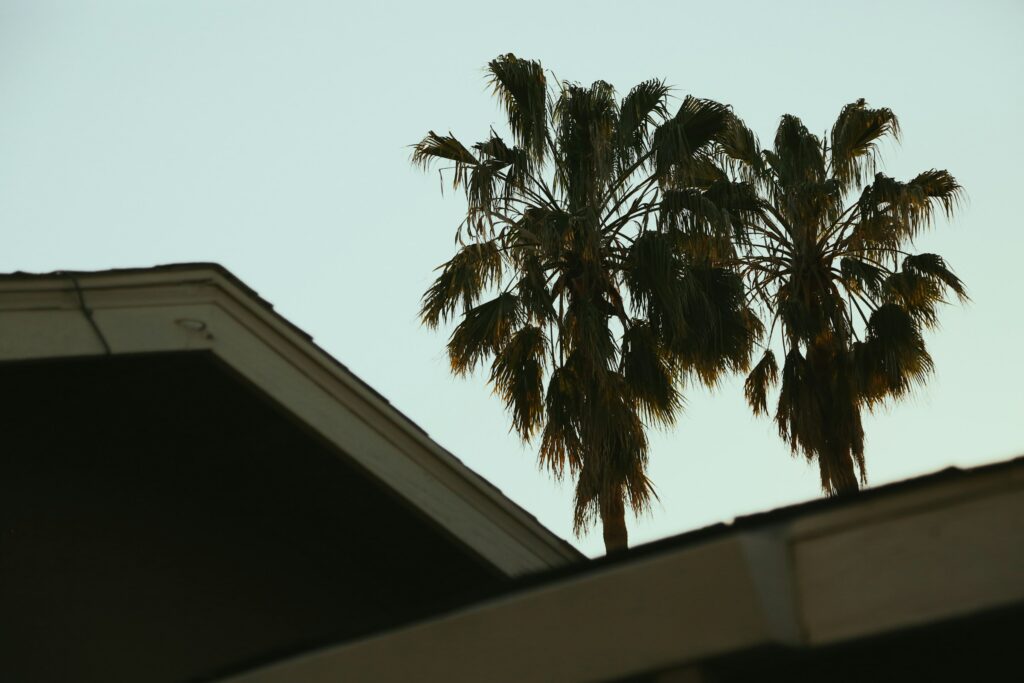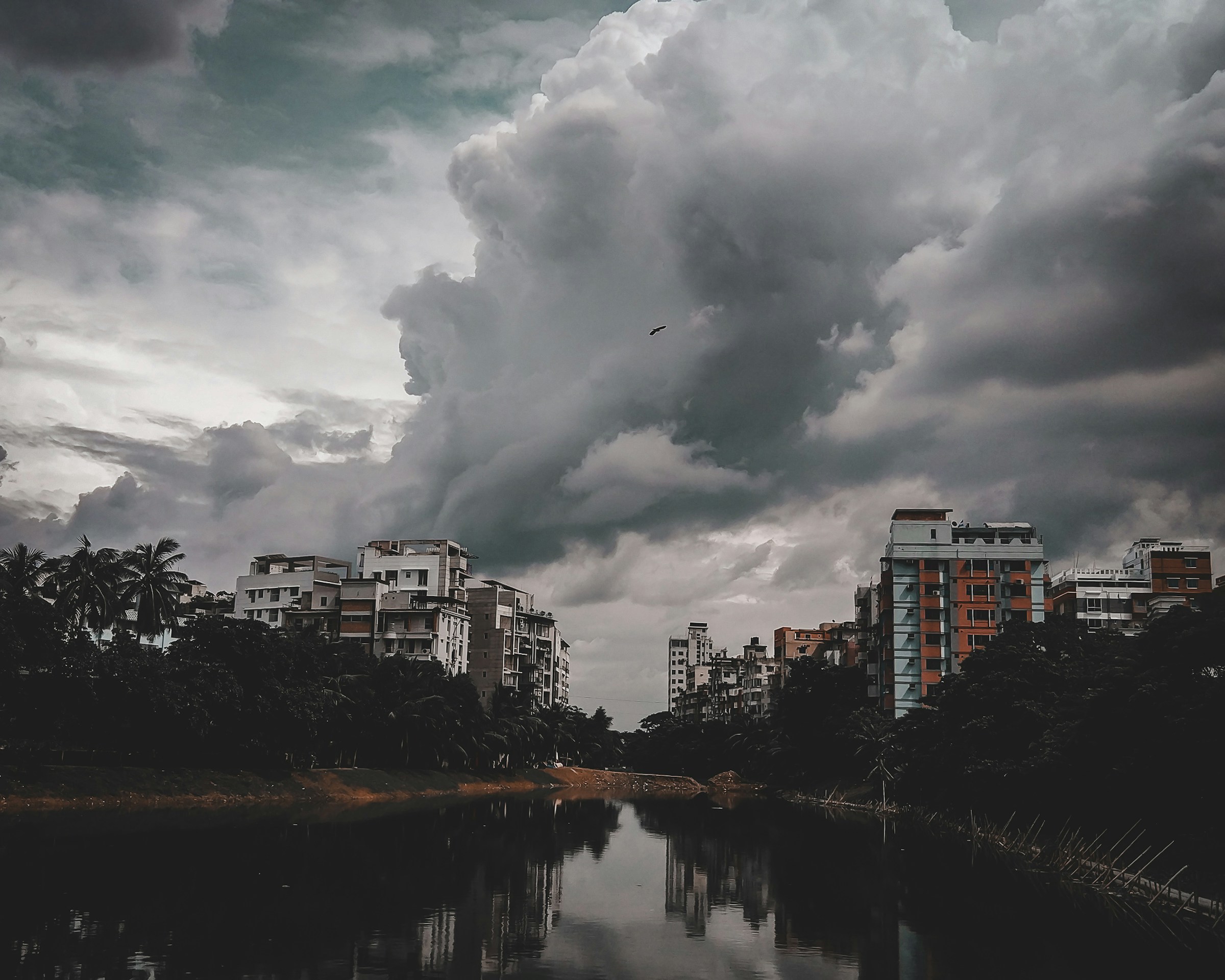
Florida residents know the damage a hurricane can do. But when it comes to Category 5 storms, even the strongest home materials face their toughest test. That leads many homeowners to ask a critical question: can any windows actually withstand a Category 5 hurricane?
The short answer: yes, but with specific limitations. Not all impact windows are built alike, and not all of them are rated for Cat 5 conditions. Understanding how windows are tested, what wind speed Category 5 hurricane conditions involve, and how impact technology works is essential if you want to truly stormproof your home.
In this guide, we’ll break down the facts about Cat 5 hurricane windows, including what to look for in product ratings, how installation affects performance, and which upgrades can further enhance your home’s storm resistance.
What Defines a Category 5 Hurricane?
According to the Saffir-Simpson Hurricane Wind Scale, a Category 5 hurricane has sustained winds of 157 mph or higher. These storms are catastrophic. They can tear off roofing, shatter windows, and cause structural failure in even well-built homes.
Understanding what wind speed windows can withstand depends on the window’s design, installation, and certification. Ordinary residential windows aren’t engineered to tolerate that level of force, nor can standard double-pane glass resist airborne debris traveling at hurricane velocities.
Are Cat 5 Hurricane Windows Real?
The term “Cat 5 windows” is more of a marketing shorthand than an official rating. No window is guaranteed to hold up in every Category 5 storm, but certain impact windows are tested and certified to meet or exceed the wind pressures associated with these extreme events.
These windows are typically referred to as impact windows and must pass rigorous missile-impact and pressure-cycle tests under standards set by organizations like ASTM and Miami-Dade County. FHIA Remodeling offers impact windows designed to meet Florida’s toughest hurricane codes, including resistance to wind speeds consistent with Category 5 conditions.
How Impact Windows Work in Category 5 Conditions
Impact windows use laminated glass, typically two panes bonded with a strong interlayer, and reinforced frames designed to stay anchored to your home under intense pressure. This construction helps them resist breakage and prevents the catastrophic pressure change that occurs when wind breaches your home’s envelope.
While even the strongest impact windows in Category 5 conditions might not remain flawless during a direct hit, they can hold together enough to prevent full failure, which can buy you valuable time and reduce the chance of severe interior damage.
For a technical deep dive into how laminated glass compares to other materials, our article on impact glass vs. tempered glass breaks down the strengths and weaknesses of each.
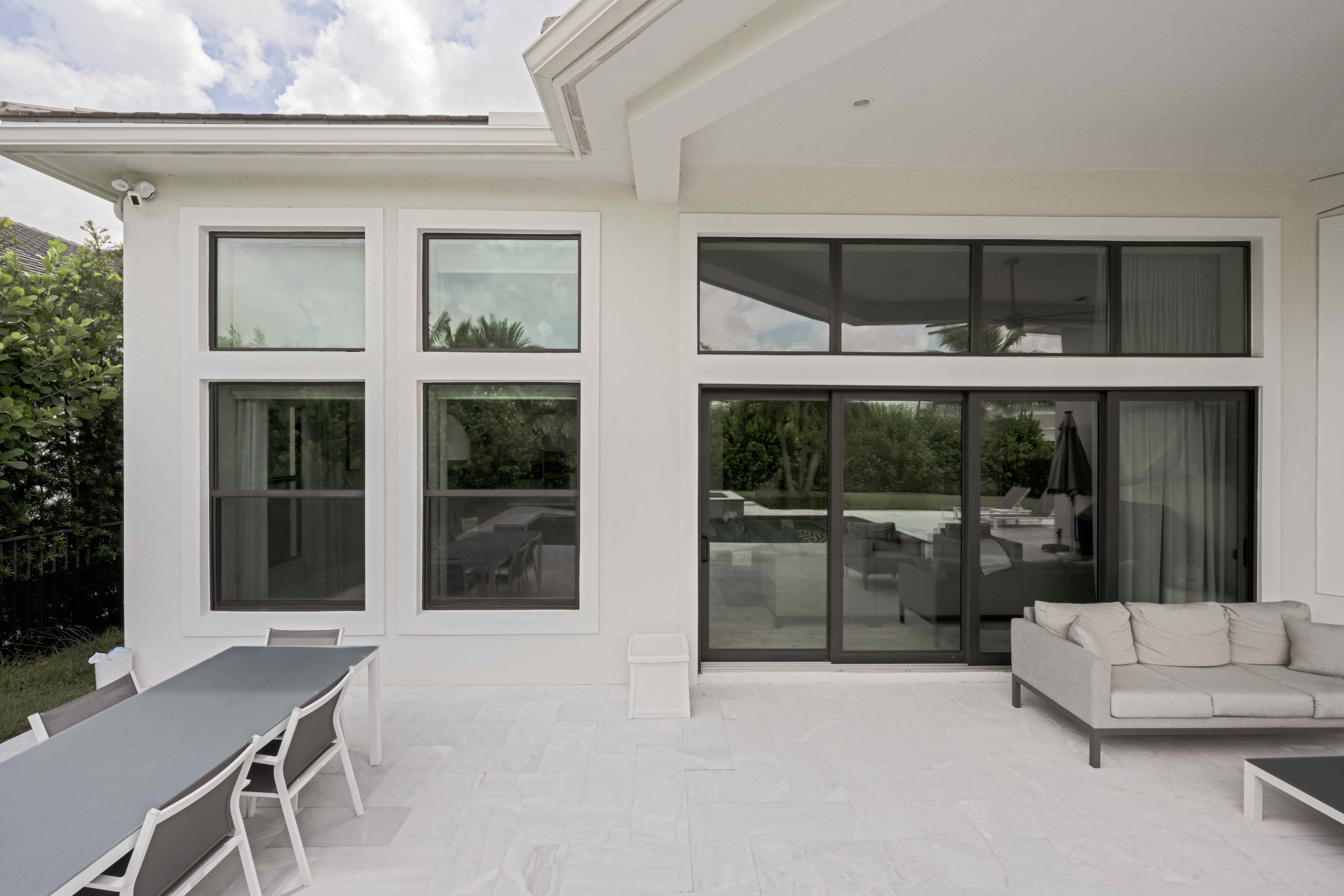
What to Look For in Cat 5 Hurricane Windows
If you're considering installing impact-resistant windows, don’t just rely on generic labels. Look for:
-
ASTM E1996 & E1886 certification
-
Miami-Dade County approval
-
Design Pressure (DP) ratings of 60 or higher
-
Large missile impact testing compliance
-
Proper frame anchoring systems
Our full guide on what to look for in hurricane impact windows offers more details on selecting your ideal option.
Are Your Current Windows Truly Storm-Rated?
Many Florida homes have windows labeled as “storm windows” or “hurricane-resistant,” but that doesn’t always mean they’re up to Cat 5 standards. If you're unsure, a good starting point is our article on how to tell if you have hurricane windows.
Key signs that your current windows may not be Cat 5 ready include:
-
Single-pane construction
-
Aluminum frames without reinforcement
-
Lack of any visible certification labels
-
Rattling or flexing under strong winds
If any of these describe your windows, they likely aren’t suitable for true Cat 5 protection.
The Financial Case for Upgrading
Aside from physical protection, Cat 5 hurricane windows can have financial benefits. In Florida, many insurance companies offer discounts for homes with storm-resistant features, including impact windows. Our article on how hurricane windows can lower your insurance premium outlines what carriers look for and how to document your upgrades.
While these windows may carry a higher upfront cost, the long-term savings in insurance premiums, energy efficiency, and storm damage avoidance can more than make up the difference.
What About Building Codes in Florida?
If you live in a coastal area or hurricane evacuation zone, Florida’s building code may require the use of impact-rated products in new construction or certain remodels. Our overview of hurricane window requirements in Florida outlines where and when these regulations apply.
Compliance isn’t just about meeting legal requirements. It’s about ensuring your home is as resilient as possible when the next big storm hits.
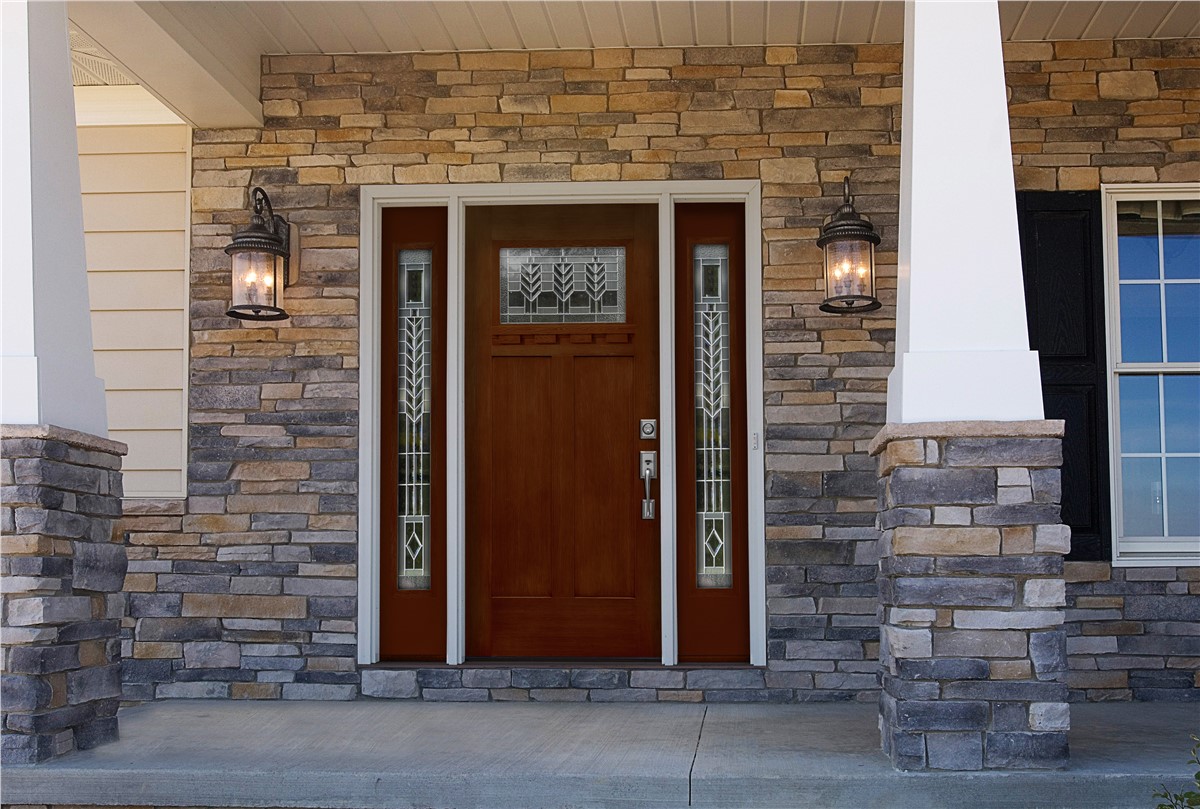
Should You Also Consider Impact Doors?
Windows aren’t the only vulnerable point in a storm. Entryways, patio doors, and garage access points can all fail under high wind pressure if not properly reinforced. Investing in impact doors can help seal your home’s envelope and improve safety during a storm.
If you’re wondering whether they’re worth it, check out our article on the value of hurricane impact doors in Florida. Many homeowners find that adding doors alongside windows creates a comprehensive storm defense system.
Are Impact Windows Enough?
No product can make your home 100% hurricane-proof, but Cat 5 windows can drastically reduce your risk when paired with professional installation and supporting features like reinforced roofing, storm shutters, and sealed entry points.
When considering how to protect your property from extreme weather, it’s important to take a holistic approach. FHIA Remodeling offers a full suite of hurricane solutions that work together to maximize your home’s defense against storms of all categories.
Get Help from Florida’s Hurricane Window Experts
If you're ready to upgrade your home with impact windows rated for Category 5 protection, FHIA Remodeling is here to help. We’ve installed over 100,000 sets of storm-rated windows for Florida homeowners and understand exactly what it takes to meet the state's highest standards.
Contact us today to schedule a free consultation and see how our products can help protect what matters most.
70% off Installation
18 months no interest no payments



